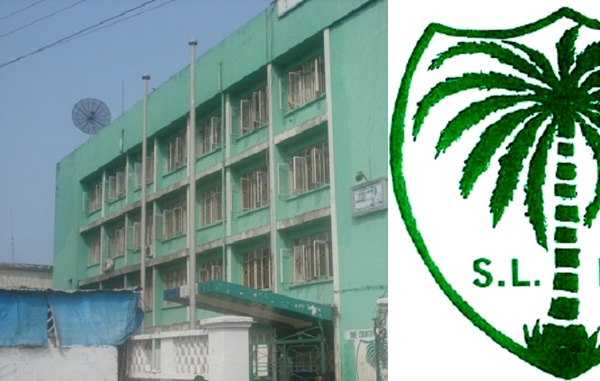It is disingenuous of anyone to state that ruling Sierra Leone People’s Party ( SLPP), after statistics Sierra Leone ( stats SL) released the results of the 2021 Mid-Term Population and Housing Census ( MTPHC), has called for boundary delimitation.
Far from taking any position on the issue of determination of boundaries, what SLPP National Secretary General said was that after keenly analyzing the census results, they hare pleased with the outcome, especially for the fact that it was the first ever digital census in the country.
He further said SLPP thanked the Government of Sierra Leone (GOSL) and its development partners through Stats-SL for the successful outcome of the exercise. The party scribe assured that SLPP would work with all stakeholders to make preparations for the 2023 national elections smooth and seamless. Meanwhile, Section 38(4) of the 1991 Constitution of Sierra Leone provides that NEC shall review constituency boundaries at intervals of 5 and 7 years.
The boundary delimitation process is divided into 5 stages: Parliament determining the total number of constituencies into which the country should be divided, establishment of methodology and collection of required data or information; demarcation of electoral boundaries; stakeholders and public consultation on the provisional set of electoral boundaries; and, approval and final implementation of electoral boundaries.
The Electoral Commission of Sierra Leone (ECSL) in undertaking the process engages stakeholders, including Paramount Chiefs, political parties’ representatives, among others, in all the 16 electoral districts nationwide. Boundary delimitation process also takes into consideration variables including geographical features and cultural differences, while a variable like population is constant and cannot be changed.
Thus, based on the 2015 Population and Housing Census, which was conducted by the former APC Government and put the country’s population at seven million, the number of parliamentary seats increased from 112 to 132, according to NEC The 2015 Population and Housing Census results determined the number of parliamentary seats allocated to each of the 16 electoral districts nationwide.
According to the draft boundaries, parliamentary seats in the Northern Region increased from 39 to 47, the Western Rural and Urban Areas seats increased from 21 to 28, whilst seats in the Southern Region increased from 25 to 27 and from 27 to 30 seats in the Eastern Region.


 Post a comment
Post a comment









Comment(s)
Disclaimer: Comments expressed here do not reflect the opinions of Sierraloaded or any employee thereof.
Be the first to comment